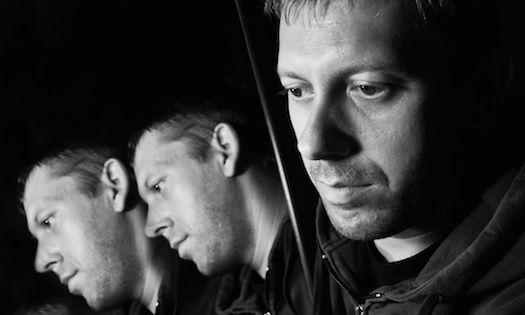Article
New Hope for Schizophrenia with ECT
Author(s):
Schizophrenia is a devastating illness and can be difficult to treat. A New York team found that ECT got dramatic results in patients for whom drugs had not worked.

Schizophrenia is among the more difficult chronic mental health conditions to treat. It can be extremely debilitating with patients suffering from delusions and hallucinations.
The illness can be a cause of homelessness or incarceration.
Speaking at a forum at the American Psychiatric Association’s 2016 annual meeting in Atlanta, GA, George Petrides, MD, of Northwell Health System’s Zucker Hillside Hospital in Glen Oaks, NY, said he and colleagues are having success treating schizophrenia with electroconvulsive therapy (ECT).
ECT can be effective treatment when patients do not respond to drugs, Petrides said.
Though it is easier simply to give patients drugs--modern ECT requires a team of specialists--it can get dramatic results, Petrides said.
There is much at stake, he explained.
One percent of the world’s population has schizophrenia, 25% of all US hospital-bed days and 40% of all long-term care bed days are attributed to the ailment, and the cost of treatment is $35 billion a year in the US alone, Petrides said.
“Clozapine has a modest effect, with 30% responding when resistant to other medications,” he said, and up to a half million US patients are resistant to clozapine.
“What do we do with these patients?” he asked, noting that there are still five more drugs that can be tried, “But with not real good results.”
ECT then can be seen as a last desperate measure, but he believes it makes sense to consider it sooner.
In a study, Patrides found that 39 patients, meant age of 38, all inpatients in psychiatric hospitals did well on ECT plus clozapine, a 70% response rate as measured in reduction occurrence of symptoms by at least 20%. That included 50% whose symptoms were reduced by 40%.
“This was a big surprise to our colleagues in schizophrenia,” he said.
Seven patients did not complete the study because they said they felt too well and were eager to be discharged from the hospital,” he said. “Discharge for these patients was just huge,” he added.
The only negative, and it was not related to safety or efficacy, was that some of these patients had been ill for so long that they no longer had a social network and had no place to go at discharge.
“A lot of them, their families didn’t want them back so we had to send them to a state hospital,” he said.





